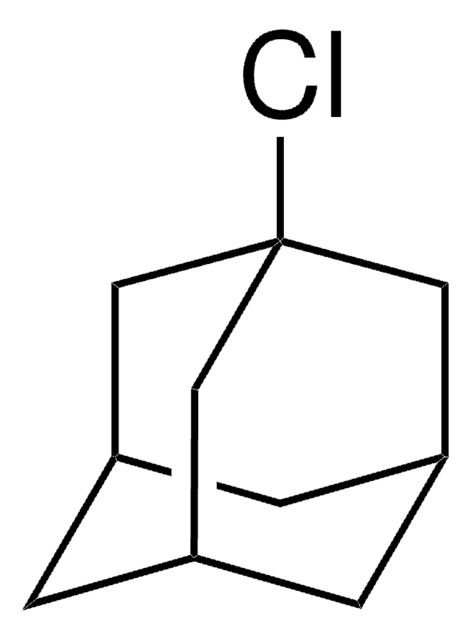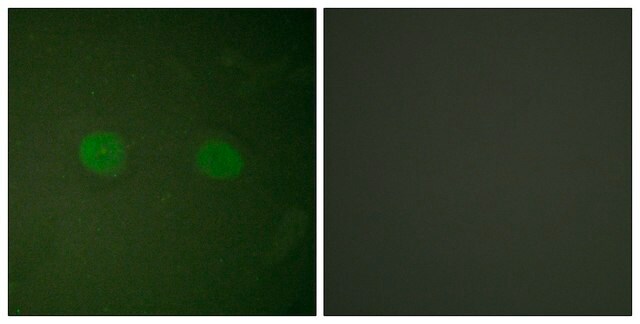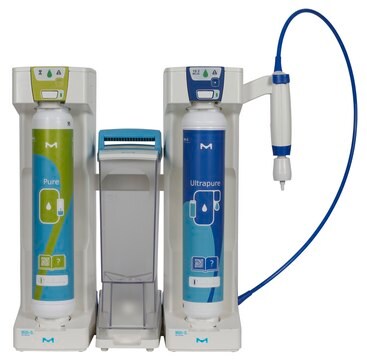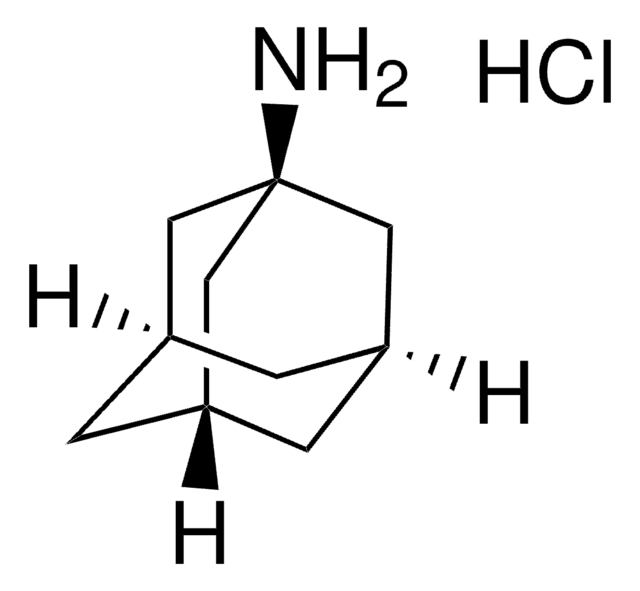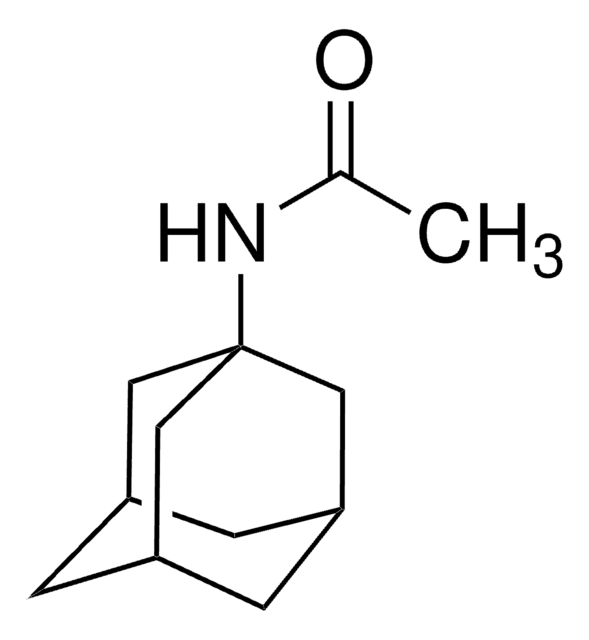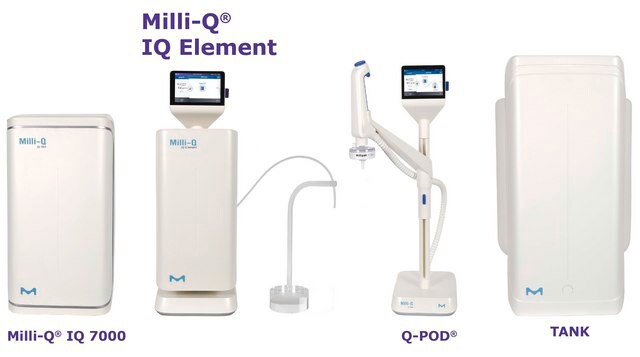PLA0140
Rabbit anti-Phospho KAP-1 (S824) Antibody, Affinity Purified
Powered by Bethyl Laboratories, Inc.
同義詞:
E3 SUMO-protein ligase TRIM28, KAP-1, KAP1, KRAB [Kruppel-associated box domain]-associated protein 1, KRAB-associated protein 1, KRAB-interacting protein 1, KRIP-1, PPP1R157, RING finger protein 96, RNF96, TF1B, TIF1-beta, TIF1B, Tripartite motif-containing protein 28, nuclear corepressor KAP-1, protein phosphatase 1, regulatory subunit 157, transcriptional intermediary factor 1-beta
About This Item
IF
IHC
IP
WB
immunofluorescence: 1:200-1:1,000
immunohistochemistry: 1:2000-1:1,000
immunoprecipitation (IP): 2-10 μg/mg
western blot: 1:2,000-1:10,000
推薦產品
生物源
rabbit
品質等級
抗體表格
affinity purified immunoglobulin
抗體產品種類
primary antibodies
等級
Powered by Bethyl Laboratories, Inc.
物種活性
mouse, human
技術
immunocytochemistry: 1:200-1:1,000
immunofluorescence: 1:200-1:1,000
immunohistochemistry: 1:2000-1:1,000
immunoprecipitation (IP): 2-10 μg/mg
western blot: 1:2,000-1:10,000
登錄號
NP_005753.1
運輸包裝
wet ice
儲存溫度
2-8°C
目標翻譯後修改
phosphorylation (pSer824)
基因資訊
human ... KIFAP3(22920)
免疫原
外觀
其他說明
免責聲明
未找到適合的產品?
試用我們的產品選擇工具.
儲存類別代碼
12 - Non Combustible Liquids
水污染物質分類(WGK)
WGK 1
閃點(°F)
Not applicable
閃點(°C)
Not applicable
我們的科學家團隊在所有研究領域都有豐富的經驗,包括生命科學、材料科學、化學合成、色譜、分析等.
聯絡技術服務